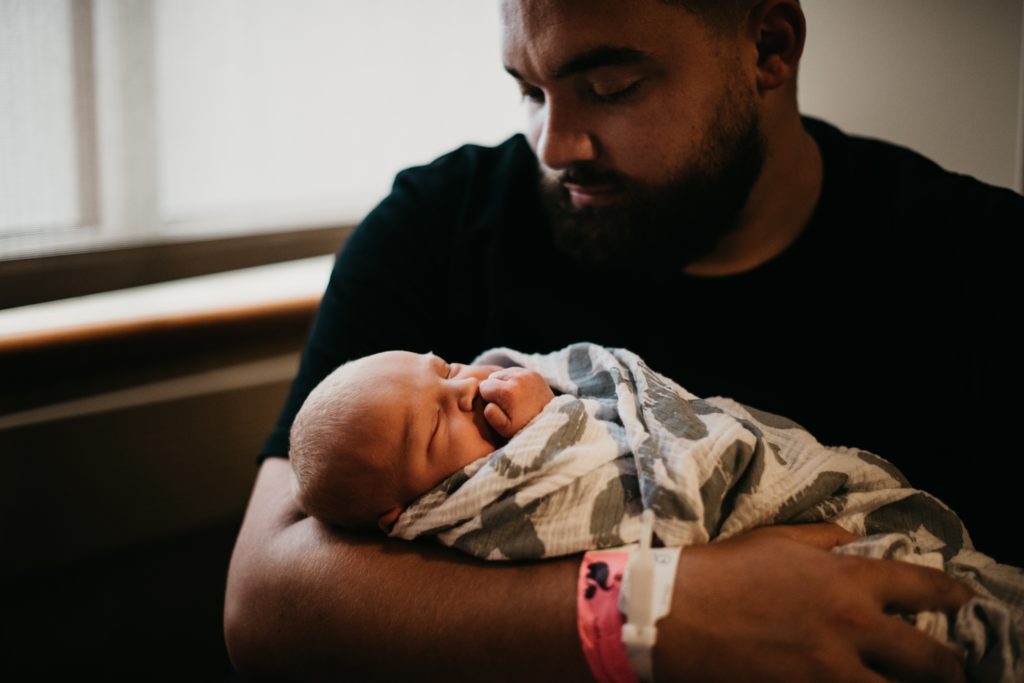Parents and early childhood educators ask more questions about crying than about any other topic, wondering whether it is appropriate to comfort, ignore, distract, punish, give in, or listen empathically to children when they cry.
Tears and Tantrums is a workshop which gives you compassionate, and well-researched answers to these common questions and concerns.

There has been a huge misunderstanding about the purpose of crying in healthy development, leading to the wide-spread notion that crying should be stopped. Backed by scientific studies, we will learn how a stress-release theory of crying is healthier. The workshop recommends an attitude of acceptance towards children’s tears and tantrums. At the core of her approach is the concept of empathic listening.
Until now parents have tried an authoritative approach to stop crying or parents have subscribed to the ‘super natural’ idea to meet every need the child has with the breast. But in either case the crying is suppressed and it is not healthy. The workshop, based on the work of child psychologist, Dr. Aletha Solter, offers a third alternative.
The workshop is divided into four sections.
The first section (some facts about tears and tantrums) describes the major sources of stress for children, the physiology of crying, and the psychological benefits of it. It also covers the uses of crying in therapy, the differences in crying between men and women, and the ways in which stress-release crying becomes repressed.
The second section describes the sources of stress for infants (such as birth trauma and overstimulation), which can cause a need for stress-release crying during the first year. We will learn about the important distinction between crying to communicate and crying to release stress. Problems such as night waking in older infants can be resolved when sufficient stress release has taken place. The workshop emphasizes that infants should never be left to cry alone. Instead, the workshop recommends that parents hold their crying infants, try to meet the infant’s immediate needs, and then offer comfort and empathy if the baby still needs to cry. We will discuss the typical behaviors that can result when there is a mismatch between the infant’s needs and the parents’ response.

In the third section (about children from one to eight years) the workshop explains the reasons for tantrums, specifically the « broken-cookie » phenomenon (when a child rages over a minor incident), while making an important distinction between healthy anger release and aggressive behavior. We will also offers suggestions on how to respond lovingly to crying during physical hurts and separations, at bedtime, and after traumatic events.
In the final section we will look at practical applications including participants personal accounts and questions.

